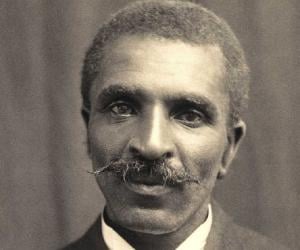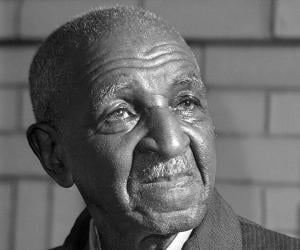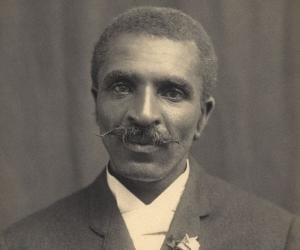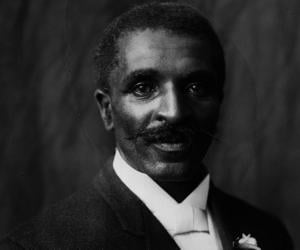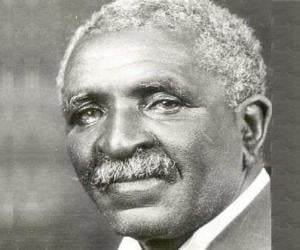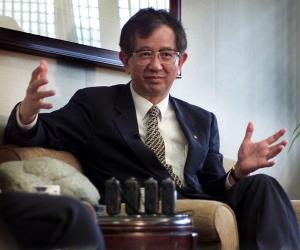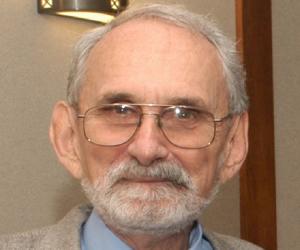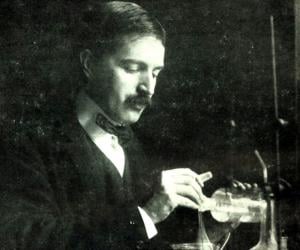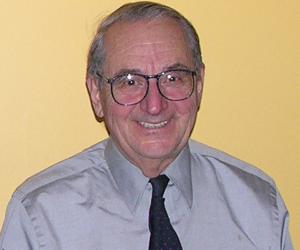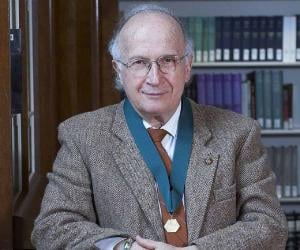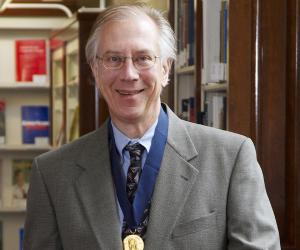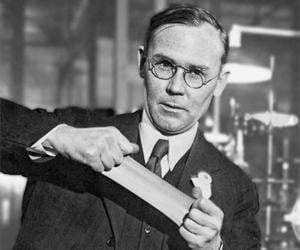Childhood & Early Life
George Washington Carver was born in Diamond, Missouri, U.S. to an enslaved couple, Mary and Giles, who were owned by Moses Carver, a German-American immigrant.
Within a week of his birth, he was kidnapped along with his mother and other slaves by night raiders from Arkansas. While his mother and the rest kidnapped were sold in Kentucky, he was saved through an agent of Moses Carver.
Moses Carver and his wife Susan raised him and his brother James as their own. They advised him to pursue his interests and Susan taught him to read and write.
At that time, local schools did not take in African-American children and hence he had to undertake 10 miles of journey every day to attain education. After receiving education at a number of schools, he received a diploma from the Minneapolis High School.
He got admission at the Highland College in Highland, Kansas, but when he arrived, he was rejected due to his race. He later went to Beeler, Kansas City, where he set up a conservatory; maintained plants, flowers and a geological collection.
Continue Reading Below
Career
In 1888, after he was granted a loan of $300 from the Bank of Ness City, he decided to study art and piano at the Simpson College in Indianola, Iowa, joining the next year.
Encouraged by his art teacher to pursue education in the field of botany, in 1891, he began to attend the Iowa State Agricultural College in Ames. He became the first African-American student of the institute.
Encouraged by his professors at Iowa State, he continued research at the Iowa experiment station for two years. His work in pathology and mycology, earned him national recognition as a botanist.
In 1896, the president of the Tuskegee Institute, Booker T. Washington invited him to become the head of their Agriculture Department. He accepted the offer and soon introduced alternative crops for farmers.
At Tuskegee Institute, he played a pivotal role in strengthening their research centre. He introduced the concept of crop rotation and conducted research on crop products.
His efforts in the study of the development and the diversification of crops helped a large number of farmers. This created a sense of self sufficiency and means of livelihood for poor farmers.
He also introduced an innovative mobile classroom, ‘Jesup wagon', which facilitated the spread of his cultivation methods to farmers. This was funded by New York financier and philanthropist Morris Ketchum Jesup.
From 1915, he began to experiment and research on the various new uses of peanuts, soybeans, pecans and sweet potatoes. He had a set of assistants who had to put together existing uses.
In 1916, his popular bulletin, ‘How to Grow the Peanut and 105 Ways of Preparing it for Human Consumption', was published for the first time.
Continue Reading Below
In 1920, he gave a speech at the Peanut Growers Association on the different ways in which peanuts can be used. He also spoke at the United Peanut Associations of America, elaborating on 'The Possibilities of the Peanut'. He also demonstrated 145 peanut products. The next year he gave a testimony before the congress for a tariff on imported peanuts.
In 1922, the tariffs that he proposed were passed on imported peanuts. With this, he became a popular public figure. He was also admired by President Theodore Roosevelt.
After 1922, he published six agricultural bulletins. He also authored articles in many peanut industry journals and also wrote the syndicated newspaper column, ‘Professor Carver's Advice’.
From 1923 to 1933, he went on a tour to the Southern colleges to advocate the cause of the Commission on Interracial Cooperation. By this time his advice was sought by many prominent personalities, including the Crown Prince of Sweden.
From 1933 to 1935, he researched on the use of peanut oil massages to cure infantile paralysis, also known as polio. However, research showed that it was massages that helped and not the peanut oil.
From 1935 to 1937, he became involved in the USDA Disease Survey, in order to study the various causes of the number of plant diseases. His master’s degree in plant diseases and mycology helped him in this project.
In 1937, he participated in two conferences on chemurgy, an emerging field at that time, which dealt with the production of products from agricultural raw materials.
In 1938, he established the George Washington Carver Foundation, which aimed to continue research activities in the field of agriculture. He donated a sum of $60,000 to the foundation.
Continue Reading Below
Awards & Achievements
In 1916, he was inducted into the Royal Society of Arts in England.
In 1923, he received the Spingarn Medal, conferred by NAACP annually for outstanding achievement.
In 1928, he received an honorary doctorate from Simpson College.
In 1939, he received the Roosevelt Medal for 'Outstanding Contribution to Southern Agriculture'.
Personal Life & Legacy
He did not marry throughout his life. However, in his forties, he became romantically involved with Miss Sarah L. Hunt, an elementary school teacher. She was the sister-in-law of Warren Logan, Tuskegee Institute Treasurer.
At seventy years of age, he shared a close relationship with Austin W. Curtis, Jr, his research partner and fellow scientist.
He died at the age of 78, after suffering from complications which had been caused due to an accidental bad fall down the stairs at his home.
On July 14, 1943, the George Washington Carver National Monument was opened at the National Park Service, Missouri. Franklin Delano Roosevelt donated $30,000 for the monument.
In 1977, he was posthumously inducted into the Hall of Fame for Great Americans.
Continue Reading Below
In 1990, he was posthumously inducted into the National Inventors Hall of Fame.
In 1994, Iowa State University conferred upon him the tile, 'Doctor of Humane Letters'.
In 2005, the American Chemical Society declared his research at the Tuskegee Institute as a National Historic Chemical Landmark.
In 2007, the Missouri Botanical Gardens dedicated a garden in his name. The place also installed a commemorative statue of him and displayed material relating to his work and achievements.
Facts About George Washington Carver
George Washington Carver was known for his love of art and music, and he often painted and played the piano in his free time.
Carver was a skilled gardener and developed innovative techniques for crop rotation and soil conservation, revolutionizing agricultural practices in the South.
He was a dedicated environmentalist and advocated for sustainable farming practices long before it became a mainstream concern.
Carver was a man of many talents, including being an accomplished violinist and a skilled storyteller, captivating audiences with his engaging personality.
Despite facing discrimination and adversity throughout his life, Carver remained steadfast in his commitment to education and uplifting the African American community through his work in science and agriculture.
